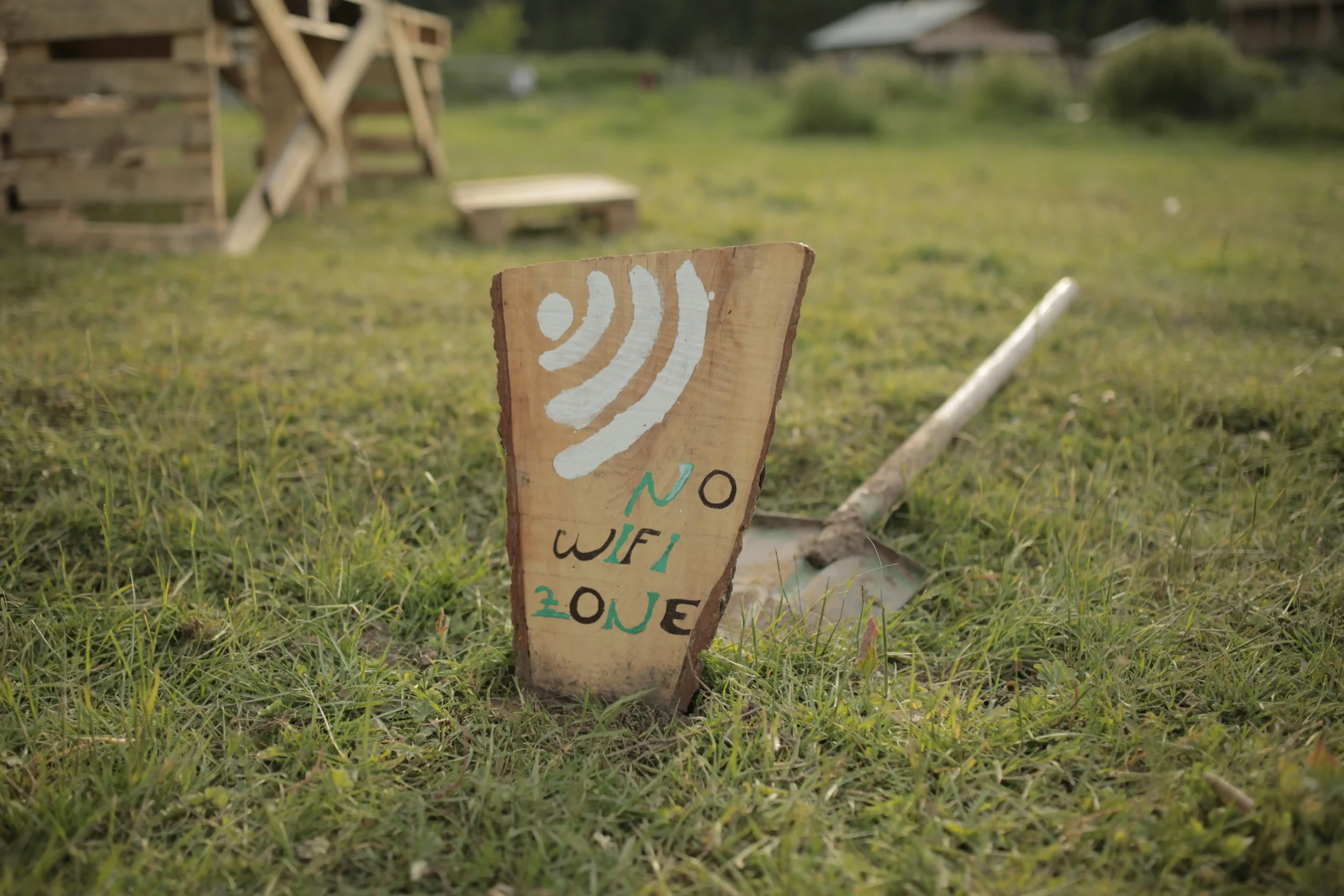Home Wi-Fi Optimization in 2025: Your Ultimate Guide to Stronger Signals
In an era where 89% of households rely on Wi-Fi for remote work, streaming, and smart home automation, weak signals and dead zones are more than just annoyances—they’re productivity killers. As of February 2025, the average home hosts over 25 connected devices, from 8K TVs to AI-powered refrigerators, pushing older networks to their limits. Whether you’re an entrepreneur closing deals via Zoom, a marketer analyzing real-time data, or an innovator prototyping IoT devices, optimizing your Wi-Fi signal strength isn’t optional—it’s essential. This guide delivers cutting-edge Tips for Improving Wi-Fi Signal Strength at Home, blending 2025’s latest tech trends with actionable strategies. Discover how to eliminate buffering, boost speeds, and future-proof your network.
Why Wi-Fi Optimization Matters More Than Ever in 2025
The explosion of hybrid work models and 4K streaming has transformed Wi-Fi from a luxury to a critical utility. A 2024 Deloitte study found that 72% of professionals attribute work delays to poor connectivity. Meanwhile, smart homes now demand networks capable of handling 100+ Mbps consistently. Traditional routers, often tucked away in corners or left unupdated for years, struggle to keep up. Implementing Tips for Improving Wi-Fi Signal Strength at Home isn’t just about faster Netflix—it’s about unlocking seamless collaboration, leveraging AI tools, and staying competitive. Start by auditing your current setup: use apps like NetSpot to map signal strength and identify dead zones.
2025’s Top Trends Shaping Home Wi-Fi Performance
Wi-Fi 7 adoption is surging, offering speeds up to 46 Gbps and reduced latency—perfect for VR meetings and cloud gaming. Mesh networks are now mainstream, with brands like Eero and Nest launching AI-driven systems that self-optimize. Another game-changer? ISP partnerships with smart home platforms, as seen in Comcast’s xFi Advanced Security integration. For those exploring Tips for Improving Wi-Fi Signal Strength at Home, prioritize hardware that supports these trends. For example, dual-band routers are becoming obsolete; tri-band models with dedicated backhaul channels ensure 4K streams and video calls coexist peacefully.

Step-by-Step: Optimize Your Wi-Fi in Under 2 Hours
1. Reposition Your Router Strategically
Place your router centrally, elevated, and away from walls or metal objects. According to FCC guidelines, positioning near windows can cause signal leakage.
2. Update Firmware & Secure Your Network
Manufacturers like TP-Link now auto-push updates to patch vulnerabilities and improve performance. Enable WPA3 encryption to block bandwidth-hogging intruders.
3. Leverage Wi-Fi Analyzers
Tools like Acrylic Wi-Fi scan for congested channels. Switch to less crowded frequencies (e.g., channel 36 on 5GHz) for instant speed boosts.
4. Invest in a Mesh System
For homes over 2,000 sq. ft., mesh kits like Amazon’s eero Max 7 eliminate dead zones with seamless roaming.
Real-World Wins: How Innovators Transformed Their Networks
Sarah Chen, a SaaS founder, slashed her team’s meeting dropouts by upgrading to a Wi-Fi 7 router and using Ethernet backhaul for her office’s mesh nodes. Meanwhile, the Johnson family automated their smart home with Plume’s adaptive QoS, prioritizing work devices during peak hours. These Tips for Improving Wi-Fi Signal Strength at Home prove that small investments yield outsized returns. Even budget-conscious users can benefit: one Reddit user doubled speeds by simply replacing a decade-old coaxial cable.
Tools & Tech: 2025’s Must-Have Solutions
AI-Optimized Mesh Systems: Google Nest Wifi Pro uses machine learning to allocate bandwidth dynamically.
6GHz Band Adoption: Unlock interference-free speeds with routers like the ASUS ROG Rapture GT-BE98.
ISP Upgrades: Xfinity’s 10G network now offers symmetrical 6Gbps plans—ideal for content creators.
Powerline Adapters: For homes with thick walls, TP-Link’s AV2000 uses electrical wiring to extend signals.
Future-Proofing: What’s Next for Home Wi-Fi?
By late 2025, expect AI to dominate network management. Systems will preemptively adjust settings based on usage patterns, like allocating bandwidth to your office during work hours. The FCC’s 6GHz expansion will further reduce congestion, while ambient IoT devices (powered by Wi-Fi signals) will eliminate battery needs. To stay ahead, adopt Tips for Improving Wi-Fi Signal Strength at Home that emphasize scalability: choose modular mesh systems and routers with easy firmware updates.
Conclusion: In 2025, a robust home Wi-Fi network isn’t a luxury—it’s the backbone of modern life. From repositioning your router to embracing Wi-Fi 7, these Tips for Improving Wi-Fi Signal Strength at Home ensure you’re ready for tomorrow’s demands. Test one strategy today, share your results, and join the conversation: How will you #OptimizeYourWiFi this year?
